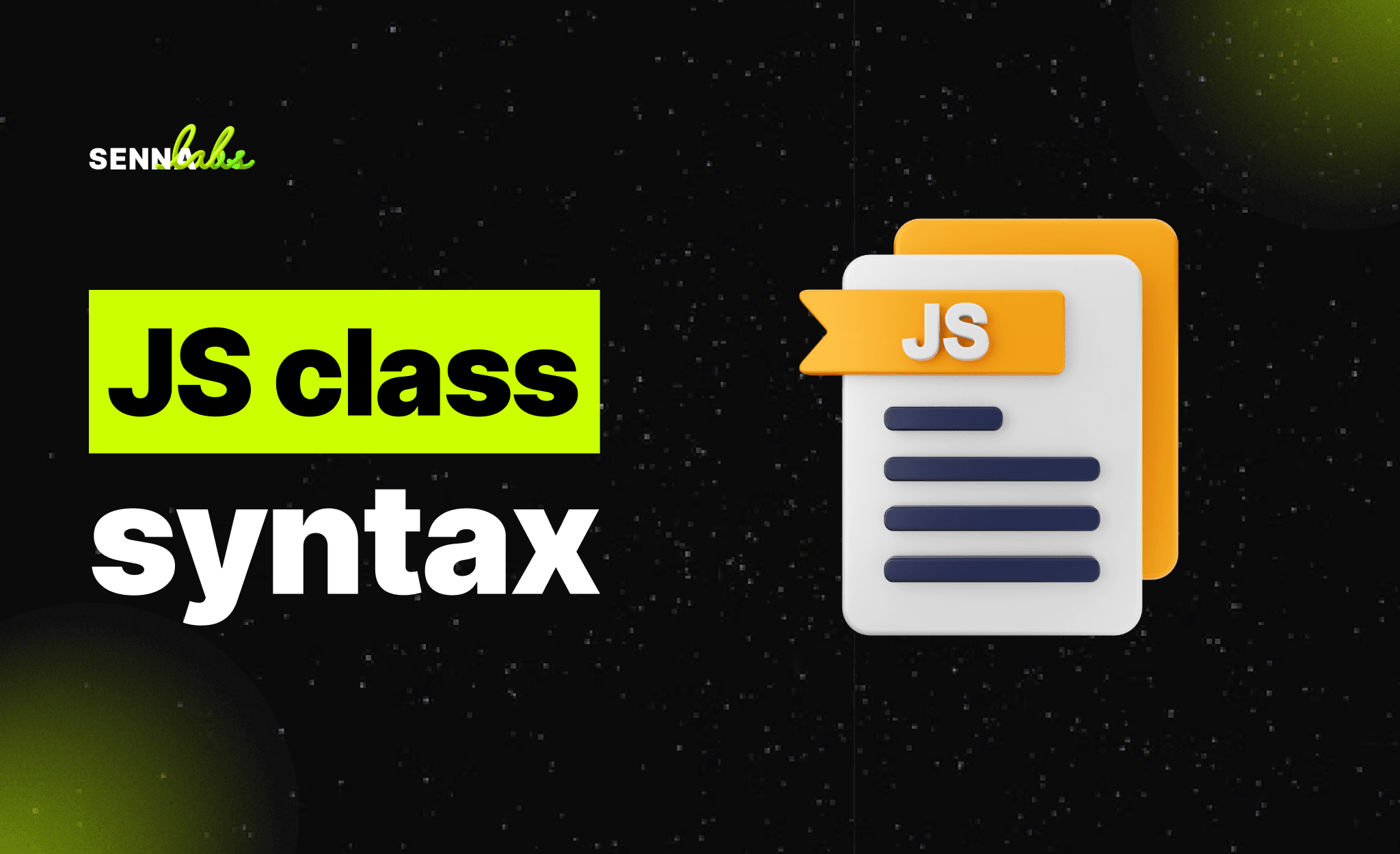Sitemap and Robots.txt: Let AI Build the Roadmap for Google

If your website were a city, the sitemap would be its road map, and the robots.txt file would be its traffic control system. Together, they guide search engines on where to go, what to index, and what to ignore. Get them right, and Google finds your most important pages faster. Get them wrong, and even your best content might remain invisible.
In 2025, the complexity of modern websites—from dynamic content to headless CMS setups—means manual management of these files is often inadequate. That’s where AI steps in, automating and optimizing both sitemap and robots.txt configurations to align with search engine expectations and user needs.
This article explores how AI improves indexing efficiency and boosts SEO through smarter file management—and shares how a local content platform used this approach to accelerate Google visibility.

What Is a Sitemap?
A sitemap is a file that lists all the pages on your website that you want search engines to crawl. It helps Google discover:
-
New or recently updated content
-
Deep or hard-to-reach pages
-
Canonical URLs for duplicate-prone content
Sitemaps can include metadata such as:
-
Last modified dates
-
Priority of pages
-
Update frequency
Modern websites may generate HTML, XML, and image or video sitemaps, depending on the content type.
What Is robots.txt?
The robots.txt file tells search engines what not to crawl. It’s the first file bots check when visiting your site. You can use it to:
-
Block access to sensitive folders (e.g., admin dashboards)
-
Prevent indexing of duplicate content
-
Control crawl budget by focusing Google on high-value pages
Misconfigured robots.txt files can be dangerous. Block the wrong folder, and you might accidentally de-index important sections of your site.
Why These Files Matter for SEO
Google’s crawler doesn’t have unlimited resources. If your site is complex or frequently updated, you need to guide crawlers efficiently. Here’s why:
-
Faster Indexing: Helps Google discover fresh content sooner.
-
Improved Crawl Efficiency: Avoids wasted resources on irrelevant or low-priority URLs.
-
SEO Prioritization: Directs search engines to focus on pages with the highest value or conversion potential.
The Power of AI in Sitemap and Robots.txt Management
AI tools transform what used to be a manual, technical task into an intelligent, automated process.
1. Dynamic Sitemap Generation
AI can generate sitemaps in real-time, updating entries as new content is published or old content is removed. This is essential for:
-
News sites with frequent updates
-
E-commerce stores with changing inventory
-
Blogs or platforms with user-generated content
2. Priority and Frequency Recommendations
AI analyzes traffic data, crawl logs, and content engagement to assign smarter metadata: which pages need frequent re-crawling, and which ones don’t.
3. URL Cleanup
AI detects duplicate, redirected, or broken pages and ensures only clean, indexable URLs are included in the sitemap.
4. Smart Robots.txt Configuration
Instead of a generic robots.txt, AI recommends customized rules based on your website’s structure, content type, and past crawl behavior.
It might, for example:
-
Block crawling of filter URLs (e.g., ?sort=price)
-
Allow only one version of category pages
-
Prevent bots from wasting time on thank-you pages or login portals
Real Case: Speeding Up Indexing with AI-Generated Sitemaps
A regional news platform struggled with slow indexing. Articles sometimes took days to appear on Google, hurting traffic and relevance in a fast-moving media landscape.
Upon integrating an AI SEO assistant, the system automatically:
-
Detected newly published articles and added them to an XML sitemap in real time
-
Marked each story’s lastmod date and updated frequency to reflect freshness
-
Removed outdated or unpublished stories from the sitemap
-
Monitored Google Search Console for crawl errors and dynamically adjusted the file
In addition, the AI revised the robots.txt file to block access to low-value pages like author archives and session-based URLs.
The Results:
-
Indexing speed improved by 60%—most articles were indexed within 30 minutes of publication
-
Crawl budget was better distributed, improving coverage of deep content
-
Organic search traffic rose by 18% within 45 days
-
Manual sitemap maintenance dropped to zero
This case proves that letting AI handle technical elements like sitemaps and robots.txt not only saves time—but also significantly enhances discoverability.
Best Practices in 2025
To make the most of AI-driven sitemap and robots.txt strategies:
-
Use AI tools that integrate with your CMS or content platform
-
Monitor performance via Google Search Console for real-time feedback
-
Regularly audit your site for crawl anomalies or index bloat
-
Combine AI insights with human oversight for sensitive or custom directives
Conclusion: Let AI Draw the Map, You Set the Destination
Your content deserves to be found. And the first step is making sure search engines can navigate your site efficiently. By automating sitemap and robots.txt management, AI creates a real-time roadmap that guides crawlers exactly where they need to go—quickly, accurately, and without wasted effort.
In a digital environment where speed and precision matter, this is one optimization that delivers immediate and lasting results.


Subscribe to follow product news, latest in technology, solutions, and updates
Other articles for you



Let’s build digital products that are simply awesome !
We will get back to you within 24 hours!Go to contact us Please tell us your ideas.
Please tell us your ideas.







